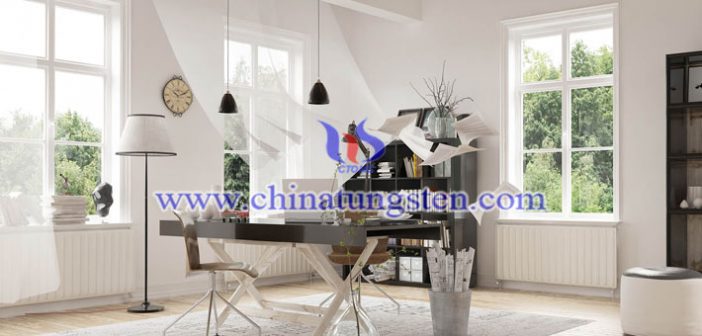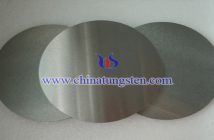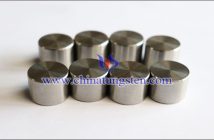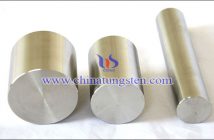Monodisperse tungsten oxide nanorod can be prepared by solvothermal methods and then be used to produce an electrochromic film. Some experts used solvothermal method to synthesize monodisperse tungsten oxide nanorods. By adjusting the concentration of oleylamine in the precursor, the particle size of the nanorods was controlled. The grain size of the WO3 nanorods increased from 38nm x 3.2nm to 89nm x 4.5nm. The experts also heat-treated the WO3 nanorod to obtain an electrochromic thin film at a certain temperature.
More details, please visit:
http://www.tungsten-powder.com/tungsten-oxide.html
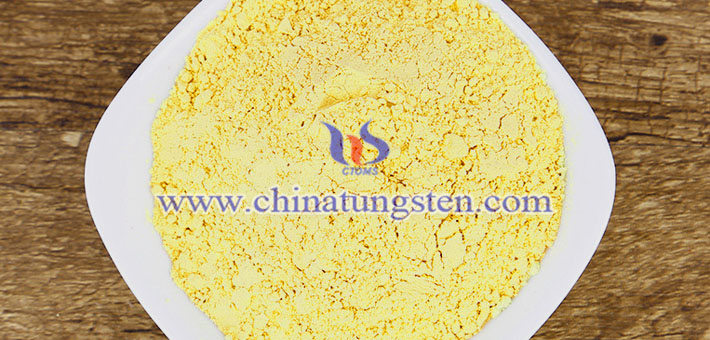
They found that the response time and light modulation amplitude of the WO3 nanorod electrochromic film are dimensionally related. The WO3 film composed of smaller size nanorods has a faster response time. By controlling the nanometer size, the electrochromic response time can be adjusted within 5 times. The WO3 film composed of the larger size nanorods has higher light modulation amplitude. In the case of the film thickness of 130 nm, the optimal light modulation amplitude of the WO3 nanorod film at 633 nm is 49%. All samples exhibited good cycle stability and reversibility, and size differences had little effect on cycle stability.

